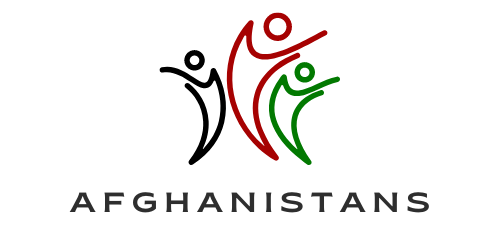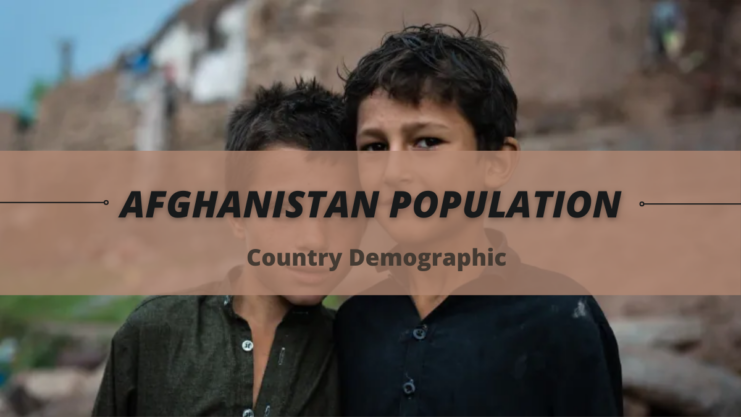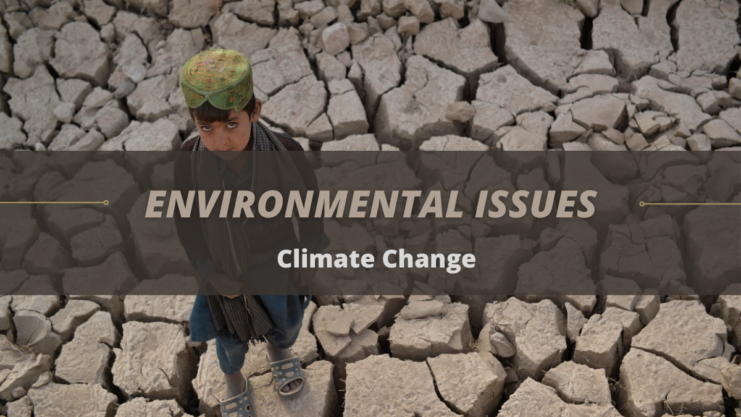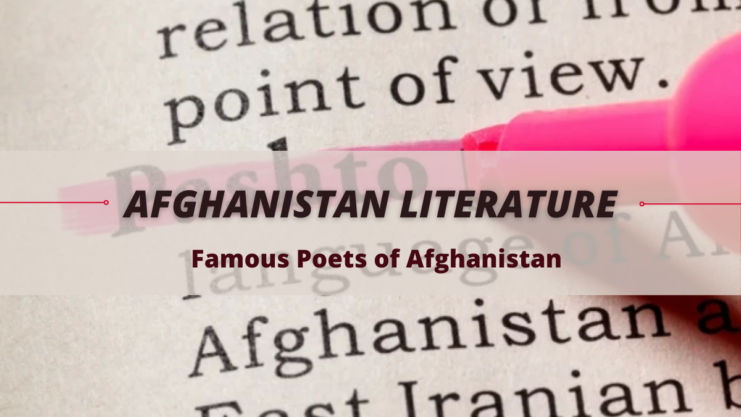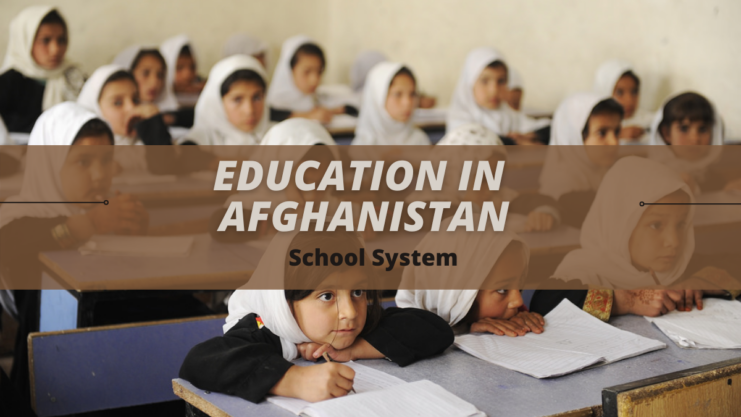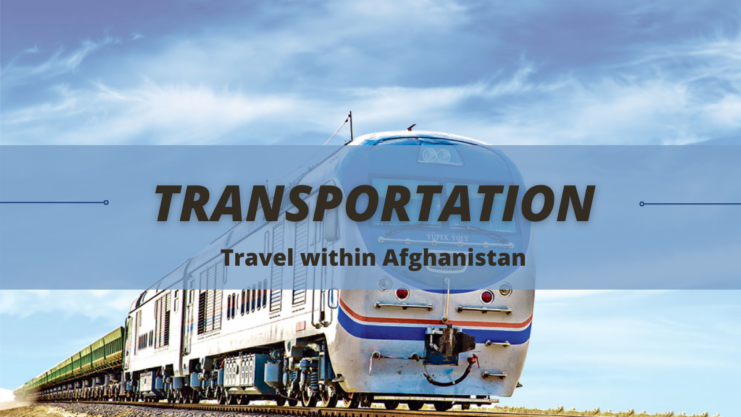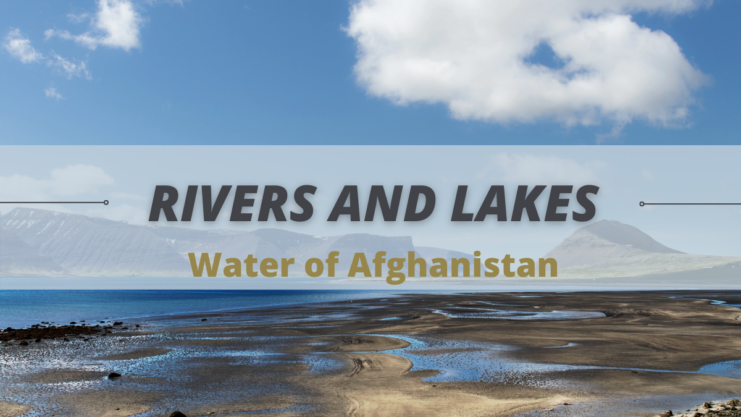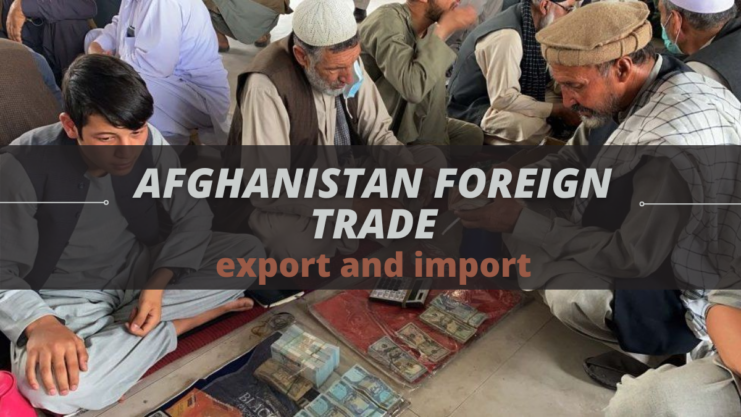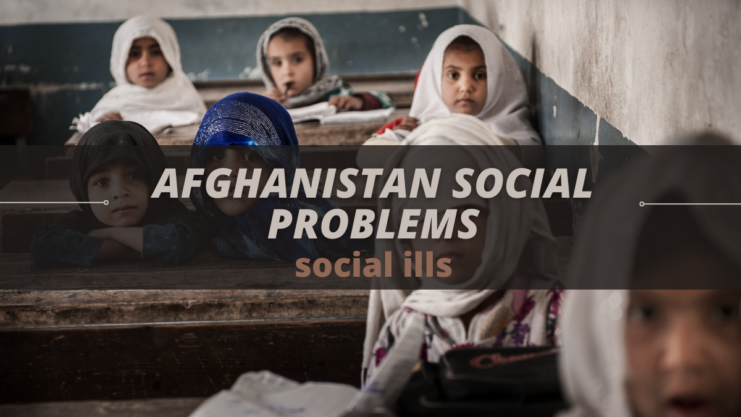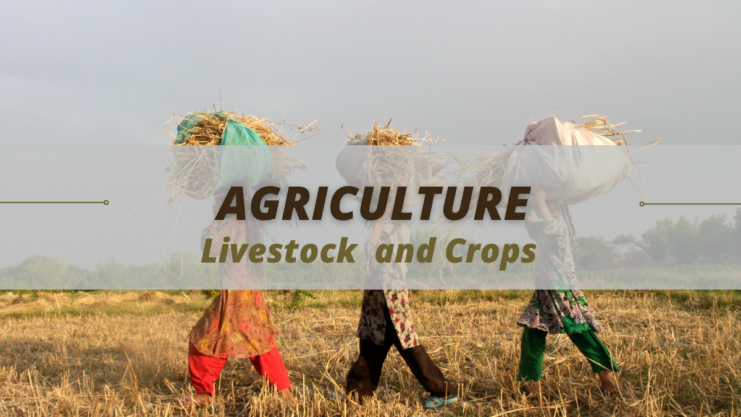Afghanistan Population – Country Demographic
The last official census in Afghanistan was in 1979 when the population registered at 15,551,358. The 1993 population estimate was 17,691,000, though the effect of the war-with its casualties and refugees have made it difficult to make a reliable estimate. In 1979 more than 85 percent of the population lived in rural areas, with about … Read more
